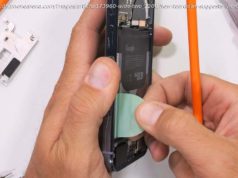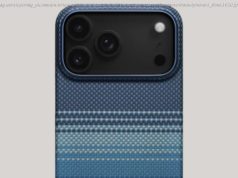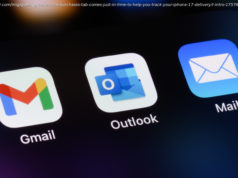The new sensor named IMX586 is likely to find its way to smartphones in 2019, possibly in the high-end devices. This means it is possible that the Galaxy S10 or the OnePlus 7 could be the phones using this sensor.
Sony is not giving up chasing megapixels. The company that supplies image sensors for the camera hardware to almost all smartphone makers — yes, that includes Apple, Samsung and Google — has announced a new image sensor that will click 48-megapixel photos. The new sensor named IMX586 is likely to find its way to smartphones in 2019, possibly in the high-end devices. This means it is possible that the Galaxy S10 or the OnePlus 7 could be the phones using this sensor.
Of course, with so many megapixel crammed into a sensor that is fairly small — it needs to fit into a phone — the size of pixels is very small at 0.8um. However, Sony is saying that this won’t be an issue. Traditionally, the smaller pixel size in the image sensor means poorer performance in low light, less detail and less dynamic range because the pixels capture less amount of data. But Sony says that the IMX586 solves the problem by supersampling and combining data from different pixels.
The idea is somewhat similar to what we saw in the Nokia 808, which used a special technique to create images. Nokia called it “Pure-view Technology”.
“The new sensor uses the Quad Bayer color filter array, where adjacent 2×2 pixels come in the same color, making high-sensitivity shooting possible. During low light shooting, the signals from the four adjacent pixels are added, raising the sensitivity to a level equivalent to that of 1.6 m pixels (12 megapixels), resulting in bright, low noise images,” said a Sony spokesperson.
In other words, here is what Sony is saying: The IMX586 will allow phones to click either a 48-megapixel image, or a 12-megapixel image. Depending on the conditions, the phone camera and users will be able to choose what they want: More megapixels or more details and better photos in low light.
The idea proposed by Sony is definitely interesting and it also works, although currently the jury is out on how much better it will be compared to the results obtained from some of the top image sensors that phone makers can use right now.
But this idea of supersampling — something Nokia did and Huawei too used in P20 Pro — is worth exploring. Now that Sony has created an image sensor that uses the technology, more phone makers will probably look to try it. It is also an idea that can help phone makers move ahead in a drastic manner as far as camera performance in their phones is concerned.
Currently, the gains in camera performance are incremental with companies like Google, which sells the Pixel 2 with a fantastic camera, Apple and OnePlus are increasingly using software tricks to satisfy consumers. It is possible that with the IMX586 and new technology it brings, the likes of Google may create something unique for phones like the Pixel 4, which will launch next year.






